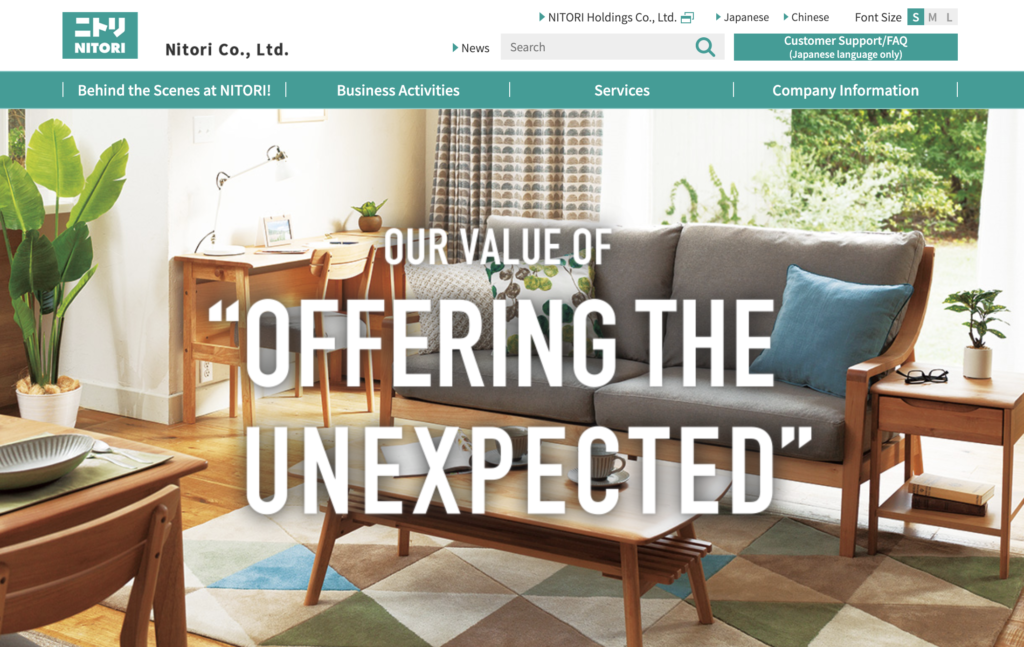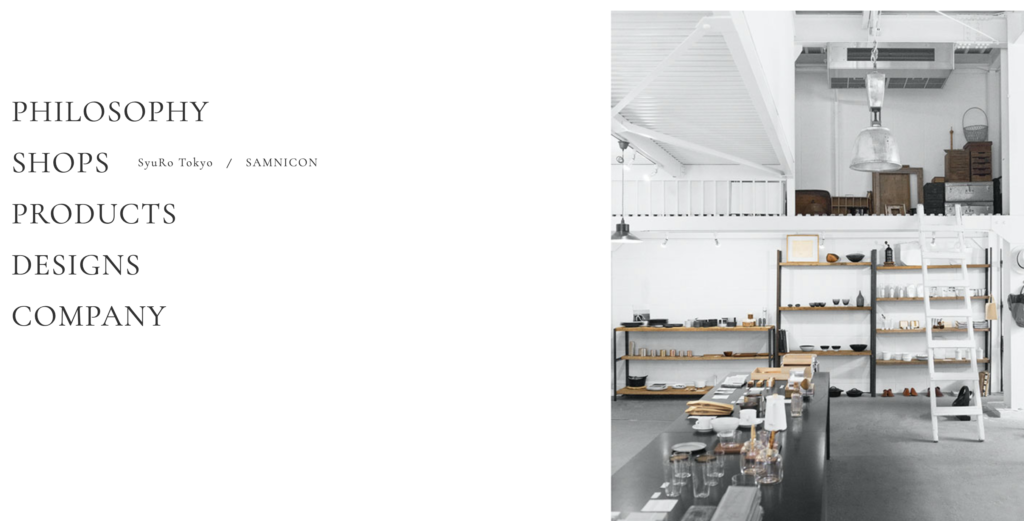In Japan, the idea of “home” goes far beyond just a functional space. Traditional Japanese homes are built around the concept of shibui—simplicity, subtlety, and a serene aesthetic. It’s not about filling a room with objects, but about finding calm in open space. And recently, one beautiful, age-old object is making a quiet comeback: ceramic vases.
More than just vessels for flowers, ceramic vases suited to Japanese-style interiors are becoming focal points in modern wa-inspired living spaces. They bring warmth, character, and timeless craftsmanship into today’s homes.
1. Why Are Ceramics So Essential in Japanese Aesthetics?
Ceramics have long been integral to Japanese daily life and rituals—from tea bowls and sake bottles to small decorative ornaments. The deep-rooted appreciation for ceramics is tied to the Japanese philosophy of mono no aware—an awareness of the transient beauty in everyday things.

So why are ceramic vases particularly beloved in Japanese homes?
- Their glazed finishes feel natural and warm to the touch.
- Handcrafted textures reflect human presence and individuality.
- Their restrained shapes align perfectly with minimalist interiors.
- They harmonize effortlessly with traditional Japanese elements like tatami mats and shoji screens.
Especially in smaller, detail-oriented rooms, compact ceramic vases with a sense of Japanese subtlety can elevate a whole space without overwhelming it.
2. Japanese Home Brands Redefining Ceramic Design
Modern Japanese interior design continues to draw from tradition while embracing contemporary form. These five well-known Japanese home brands are redefining ceramic vase aesthetics in ways that appeal to both younger and older generations:
🔸 1. Nitori

- Japan’s top affordable homeware chain known for functional minimalism.
- Offers mostly white or neutral-toned ceramic pieces that blend easily with any décor.
- A go-to brand for families furnishing new homes.
🔸 2. ACTUS
- Merges Scandinavian and Japanese styles seamlessly.
- Ceramic vases are often muted and paired with wood furniture.
- Ideal for modern tatami-style apartments.
🔸 3. SyuRo

- A boutique Tokyo-based label focused on timeless craftsmanship.
- All ceramics are handmade by artisans.
- Emphasizes the beauty of use and natural aging.
🔸 4. MUJI
- Beloved for its “beauty in simplicity” philosophy.
- Ceramic vases have clean lines and are devoid of unnecessary decoration.
- Pair well with linen, wood, and neutral interiors.
🔸 5. Studio M’
- A well-known ceramic brand in Japan offering earthy tones and handcrafted details.
- Vases come in traditional glaze colors like mustard yellow and charcoal blue.
- A frequent feature in Japanese interior magazines.
3. Ceramic vs Other Materials: What Works Best in Japanese Spaces?
In Japanese homes, texture and material take precedence over elaborate design. So how do ceramic vases stack up against other materials like glass, wood, or metal?
Here’s a quick comparison:
| Feature / Material | Ceramic Vase | Glass Vase | Wooden Vase | Metal Vase |
|---|---|---|---|---|
| Harmony with Japanese décor | ✅ Excellent match; earthy and subtle | ❌ Feels cold; clashes with soft spaces | ✅ Natural feel, but less moisture-resistant | ❌ Too shiny; can feel out of place |
| Tactility & warmth | ✅ Soft, handmade feel | ❌ Cold to touch | ✅ Warm but vulnerable to warping | ❌ Rigid and mechanical |
| Stability for flower arranging | ✅ Sturdy with solid base | ✅ Clear water levels, stable | ❌ Tips easily, especially when dry | ✅ Heavy but stark |
| Decorative value | ✅ Can feature glazing, engraving, texture | ✅ Elegant in modern spaces | ✅ Rustic and calming | ❌ Industrial, lacks warmth |
4. How Ceramic Vases Are Evolving in Modern Japanese Homes
While the traditional Japanese aesthetic emphasizes simplicity, younger homeowners are blending that minimalism with bolder design statements. As a result, new ceramic vase styles include:
- Asymmetrical forms: Mimicking natural shapes, creating unique silhouettes.
- Partial glazing: Combining raw clay with glossy finishes for visual tension.
- Multi-functional use: From vases to reed diffusers or table centerpieces.
- Vintage glazes: Bringing back classic Japanese tones like ash gray, kiln blue, and muted earth browns.
On popular e-commerce platforms, “ceramic vases suitable for Japanese-style interiors” is becoming a hot keyword. This trend has also caught the attention of cross-border sellers looking to offer customized, minimal-inspired pieces in their own markets.
Frequently Asked Questions
Q1: What kind of ceramic vase suits a tatami-style room?
Choose small to medium-sized vases with understated finishes and soft tones—think ivory, stone gray, or smoky green. Avoid overly ornate or colorful designs; simplicity works best.
Q2: Are ceramic vases more durable than glass or wood?
Yes, ceramic vases tend to be more durable than glass when handled carefully, and they’re more moisture-resistant than wooden vases, which makes them ideal for humid regions like coastal Japan.
Q3: Where can I source custom ceramic vases for Japanese-style homes?
Besides platforms like Amazon and Rakuten, many buyers now work directly with Chinese ceramic factories for tailored OEM and ODM solutions that are style-specific and cost-effective.
Q4: What type of vase works best for Ikebana flower arrangements?
Look for narrow-necked, deep-bodied vases—perfect for traditional branch-focused Ikebana styles that emphasize vertical composition and negative space.
Conclusion
Ceramic vases are not just trending in Japanese homes—they’re making a statement about how people want to live. Simple, soulful, and steeped in tradition, they offer a way to reconnect with nature and intentional design in our increasingly cluttered world.
For global home décor brands, garden wholesalers, and cross-border e-commerce sellers looking to expand their offerings, partnering with a reliable ceramic vase manufacturer who understands Japanese aesthetics is key. Hale is one such factory based in China, offering OEM and ODM services for ceramic vases, planters, and decorative pieces. If you’re seeking a balance between traditional beauty and modern customization, Hale might be just the manufacturing partner you need.

